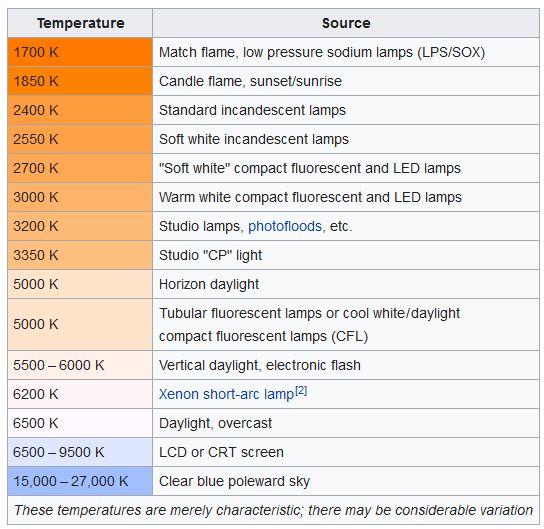Greatest problem is yellow. Most camears we tryed shows nearly orange and not yellow. Thats why cameras try to show better skin tones, not helpful.
First off a camera sensor doesn't pull random colors out of thin air, it records reflected light and shadow. Canon uses a Bayer sensor array (at least for now), which uses a simple strategy: capture alternating red, green and blue colors at each photosite, and doing it in a way that twice as many green photosites are recorded as either of the other two colors. Values from these photosites are then intelligently combined to produce full color pixels using a process called "demosaicing". Every manufacturer has their own proprietary algorithm which might give slightly more favoritism to one or the other. My Pentax has a tendency to saturate reds and greens. If you're saving your files as JPEG, then your camera is using more proprietary algorithms to produce an image "it thinks" is correct. That's why it's important to save your files as RAW and edit post. Use a ProPhoto workspace and Adobe Color for the most accurate reproduction. Forget about trying to use a profile, because no two images will be the same.
To display an image on a device you have to first convert the RAW file to a sRGB JPEG. This image will be accurate when displayed on an
sRGB-compliant device.” Given this information, and the profile of the display it’s to be shown on, it’s the job of the color management system to ensure the “best” (most accurate) colors result in the final displayed scene. The problem is that the device gamut may not be wide enough to display all the colors in the sRGB file (out of gamut). When that happens you get inaccurate color estimates. Cell phones use CMS which has both the display and image profile information, it “knows” the image was created expecting the sRGB color characteristics, and it also “knows” how the display differs from those. With that information, it can correct all of the RGB values in the image so they map to the correct colors. For accurate work you should soft proof your image before exporting it using an appropriate profile, I use the International Color Consortium (ICC) profile for soft proofing. You can also embed a profile in the sRGB file, but differing display devices may or may not work with it.
Second up, modern car finishes are chromatic, in that they change colors depending on how the light is reflected, and the intensity of the light. Sometimes that chameleon effect can be quite dramatic. In this example you have a car shot in two entirely different lighting scenarios, one studio, one ambient. With a color temperature of 9200 that's way to blue for normal ambient light. The normal temp for an ambient light shot at noon is 5500. Your brain automatically corrects for differing light temperatures....you know you're looking at a yellow car, your brain sees a yellow car. Your camera doesn't, it records the temperature of the the light reflected.

It's almost a given that accurate color rendering is going to require Color Grading. Now here is a rough example of a color graded photo, where I stole the color from one and changed the other. You really need a raw file to do this, so I didn't spend a lot of time, it's close but still could be tweaked, you get the idea. You are in charge of the edit that produces your final image, not the camera, not a profile.

In addition to the chromatic paint, cars are a mass of curves and bumps, each reflecting light differently. Color is a generic term, that encompasses Hue, Tint and tone. Hue refers to the dominant Color Family, Tint is any Hue with white added, and Tone is any Hue with gray added. How light is reflected from the shadows vs highlights will change the color. If you really want accurate color you need to first, set your WB using a target as your first shot EACH time your light changes. Open the WB image in LR, set the exposure so the histogram shows a full data file, then using your eye dropper, set your white balance. Now set the White point and Black point this is important for accurate color. Sync this to all the images in your series. Now you can adjust your other settings. Once you have the basic general edits in LR, take it into PS to color grade. If you can obtain the RGB readings from a paint sample, great. If you can't you use an image that you know is the correct color and sampling the the highlights, shadows, and midtones then average them, that will be your base line RGB reading, that you can then use to color grade your image.
Because of the issues noted above, most car photographers that I've seen will do a composite of multiple layers (I've seen as many 40-50 layers) of individual exposures of individual pieces of the car. They can then manipulate those individually and blend them.
Solving problems is like the old saying "How do you eat an elephant.....one bite at a time". I believe you have multiple problems ranging from lighting to exposure to editing. The only way to resolve them is to work on one thing at a time. You have to be willing to discard something if it isn't working, and try something different, but fix one issue before you move on. Getting accurate color is not that difficult, unless you make it so.













![[No title]](/data/xfmg/thumbnail/42/42253-fef7e43227f484b1a95dd6d85c03bd40.jpg?1734176623)


